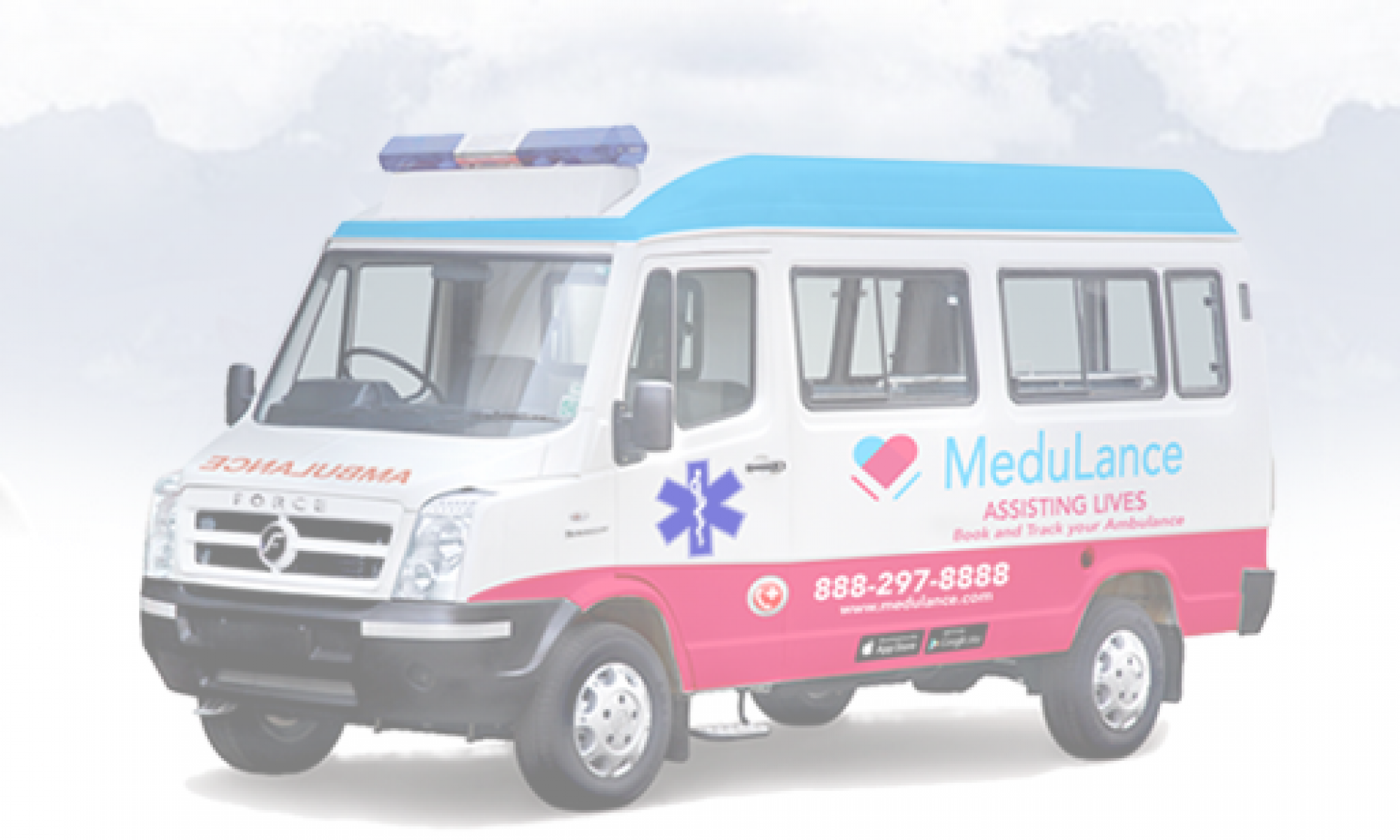It is common for people to panic after an accident, and this feeling cannot be avoided. But, to handle such situations effectively, there are always trained emergency medical personnel available. Paramedics are the spine of emergency medical services and in addition to administering first aid, their duties also contain making liberated decisions about the care of the patient. They are guided by several protocols, all of which are rigorously followed to ensure maximum lives are saved. The protocols are created by national, state, and local medical authorities and institutions. Also, are reviewed regularly and modified according to new assessment tools and treatments.
EMS Protocols for Paramedics:
- Patient’s medical history
- Cause of patient’s problem
- Follow the treatment procedure
- Patient transportation
- Online medical direction
- Patient assessment
The first & foremost thing is to get a patient’s history following a standardized primary and secondary assessment process. It is necessary for paramedics to obtain a patient’s medical history of life-threatening situations, prior to treatment and other information that can be vital to their treatment.
The cause of the patient’s problem may command the protocol that is used to treat the patient. Paramedics are instructed not to treat trauma-induced cardiac arrest cases without following standard protocols. They should ensure that patient transport and other treatment as required should receive priority, and must not be postponed.
It is better to use a procedure to achieve the treatment goal. If the patient examination decides a patient needs fluid many protocols will direct paramedics to attempt two IV insertions before considering interosseous access. They should try a maximum of two IV insertions in cases of non-life-threatening diseases. In case of any additional attempts, one must approve by higher authorities or medical control centers.
A treatment, known as patient transportation should be prioritized based on patient severity and requirement. Superior care for penetrating chest trauma is surgical care and protocols rarely delay transport for IV insertion or endotracheal intubation. Rather, those practices are either performed on route to the hospital, or airway management techniques are used.
Medical control or online medical direction is a resource that paramedics may consult during patient assessment and care. Every protocol need not need to be verbal orders, but when medical control orders are needed it’s useful to repeat all orders received before the orders are initiated.
Patient assessment is known to be a continuous process. It continues to monitor a patient’s important signs and chief complaints throughout the examination, treatment, and transport. Patients with severe complaints, use a cardiac monitor for constant patient monitoring. It is advised to use changes in the patient’s important signs, chief complaint, and pain rating to adjust the patient’s treatment plan.
To standardize medical procedures across all levels, and help paramedics provide the highest level of care for their patients, emergency medical service protocols are designed by local, state, and national medical authorities, and updated regularly. They also ensure that newer and improved practices are constantly incorporated into their repertoire, enabling them to make split-second decisions at times of emergencies. At Medulance we totally understand the criticality of our work, and thus, make sure to adhere to these guidelines, as the lives of our patients hang in the balance.

